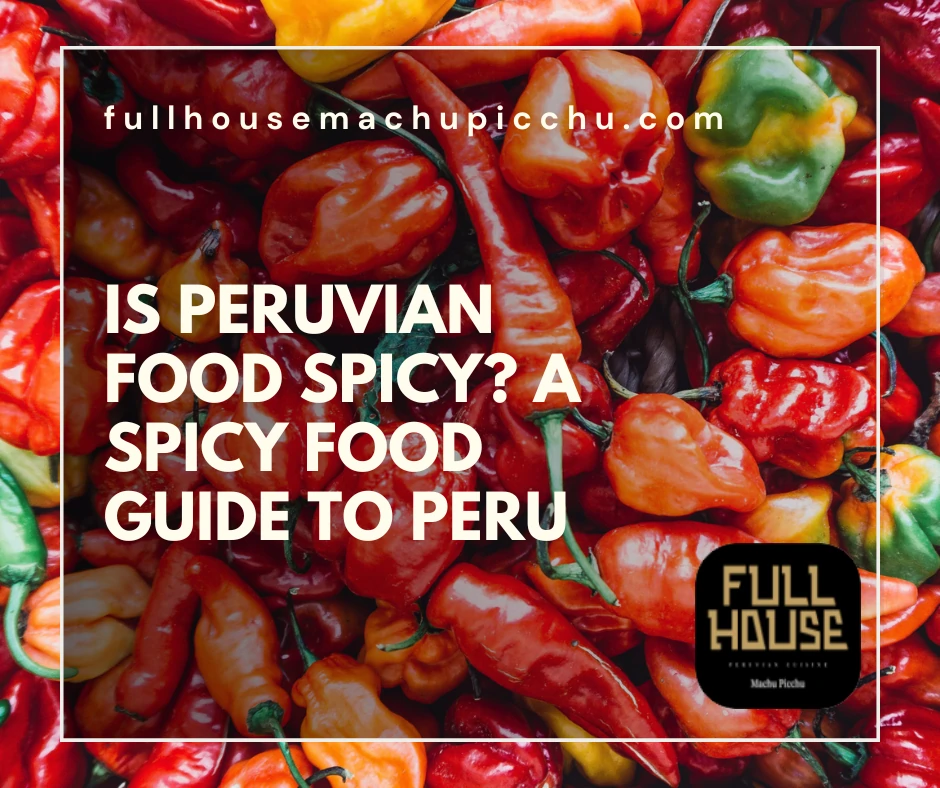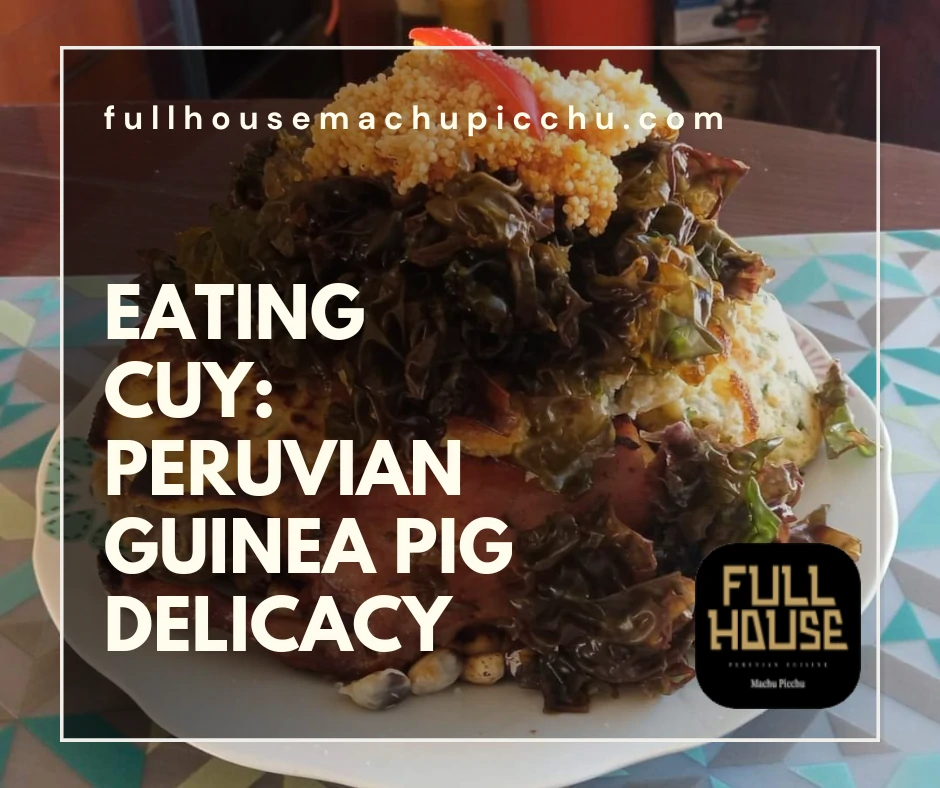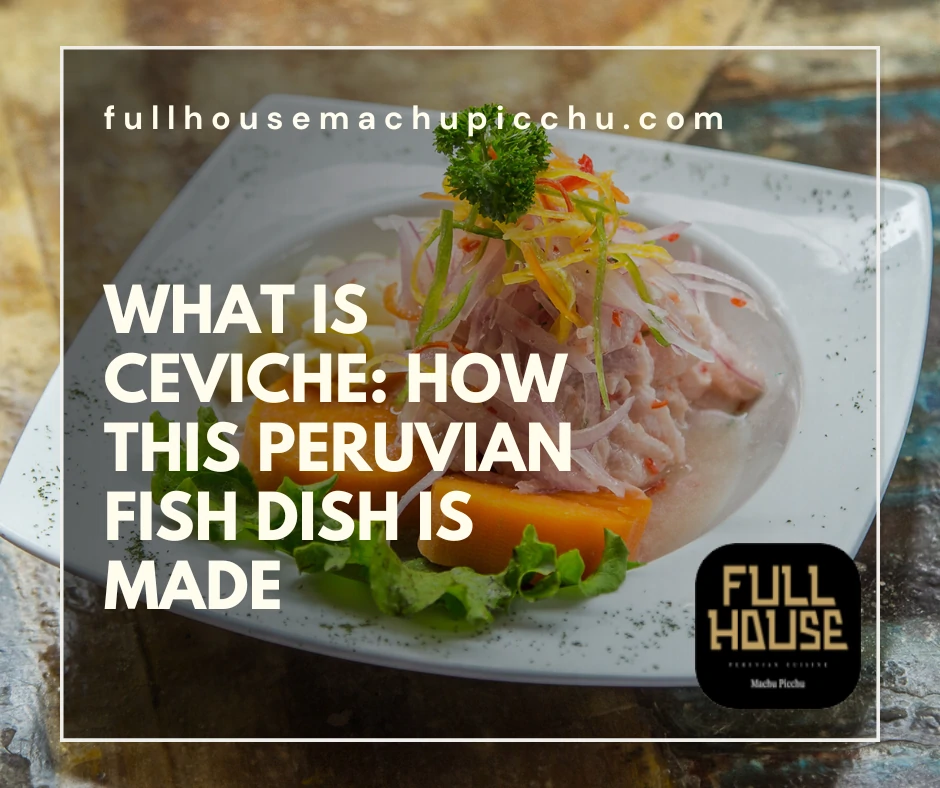Peru, a South American gem nestled between the Andes mountains and the Pacific Ocean, boasts a diverse and tantalizing cuisine that has captured the hearts and taste buds of food enthusiasts worldwide. However, one question that often arises when discussing Peruvian food is: “Is it spicy?”
In this comprehensive guide, we will take you on a flavorful journey through Peru. We will explore the country’s rich culinary landscape and its unique relationship with spiciness. From the traditional aji amarillo and rocoto to the aromatic blends of regional herbs and spices, get ready to discover the world of Peruvian cuisine. Learn how you can handle the heat or adjust it to your liking when indulging in this gastronomic paradise.
Understanding Peruvian chili peppers and their role in local cuisine
Peruvian cuisine is a symphony of flavors, but the question of whether Peruvian food is spicy or not can spark debate among food enthusiasts. The answer lies in understanding the role chili peppers play in Peruvian dishes. These fiery ingredients create a heat spectrum that ranges from mild to scorching, defining the essence of Peruvian food spicy.
The cornerstone of Peruvian heat is the aji amarillo, a versatile yellow chili pepper with a fruity, moderately spicy kick. This chili pepper is an essential ingredient in traditional Peruvian dishes, such as aji de gallina and papa a la huancaina. The aji amarillo’s heat level is mild to moderate, allowing diners to enjoy a spicy flavor without being overwhelmed.
Another Peruvian chili pepper is the rocoto, which packs a punch with its heat level. This red, apple-shaped chili pepper is both flavorful and fiery, making it the star of dishes like rocoto relleno. The potent spice in rocoto can be attributed to its capsaicin content, which is responsible for making Peruvian food spicy and irresistible.
The panca pepper is another chili that adds depth to Peruvian cuisine. Its smoky and mild heat make it an excellent addition to stews, marinades, and sauces. Panca pepper is often used in dishes like anticuchos and slow-cooked meats, enhancing their flavor profiles.
Peruvian cuisine also showcases lesser-known chili peppers, such as the aji limo and aji charapita. The aji limo is popular in ceviche, while the tiny, round aji charapita is known for its intense heat despite its small size.
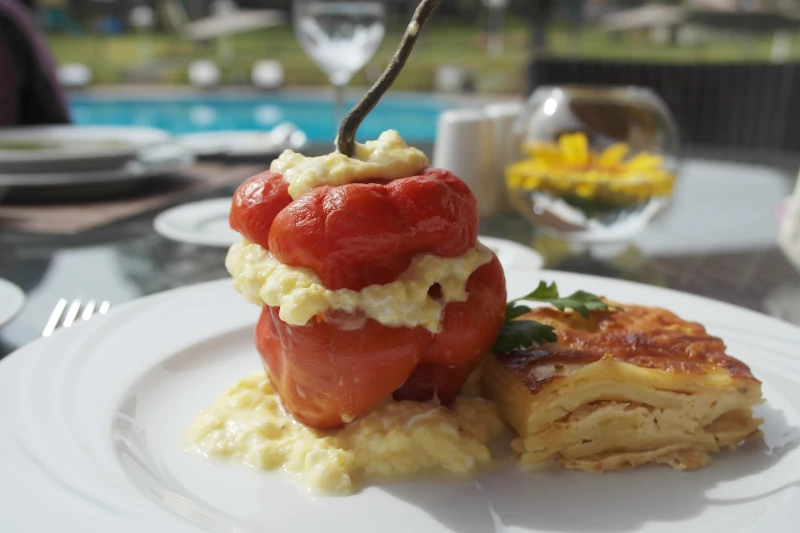
How geography shapes the spice levels of Peruvian dishes
Peru’s diverse geography spans from the coastal regions to the high Andes and the Amazon rainforest. This variety contributes to the rich tapestry of flavors found in its cuisine. This diversity also plays a significant role in the varying spice levels of Peruvian dishes, which can range from mild to fiery. Understanding these regional variations is essential when exploring the question: “Is Peruvian food spicy?”
In the coastal regions of Peru, fresh seafood is the star of the show. Dishes like ceviche, tiradito, and leche de tigre rely on aji limo, a citrusy and moderately spicy chili pepper, to enhance the flavors. The use of these peppers keeps the spice levels relatively low, allowing the natural taste of seafood to shine through. This approach to coastal Peruvian cuisine makes the food flavorful but not overwhelmingly spicy.
Heading towards the Andes, you’ll notice an increase in heat in traditional dishes, like rocoto relleno and adobo arequipeño. The spicy rocoto chili pepper is the main ingredient in these dishes, elevating the heat level and making Andean Peruvian food spicy. This region’s colder climate complements the spiciness, as it helps to warm up the body and stimulate the appetite.
Venturing into the Amazon rainforest, the spiciness in Peruvian cuisine reaches its peak. The jungle’s unique biodiversity contributes to an array of exotic chili peppers, like the aji charapita. This tiny chili packs a fiery punch, making dishes from the Amazonian region of Peru some of the spiciest. Juane, a traditional Amazonian dish, is often accompanied by the aji charapita, which results in a tantalizing burst of heat.
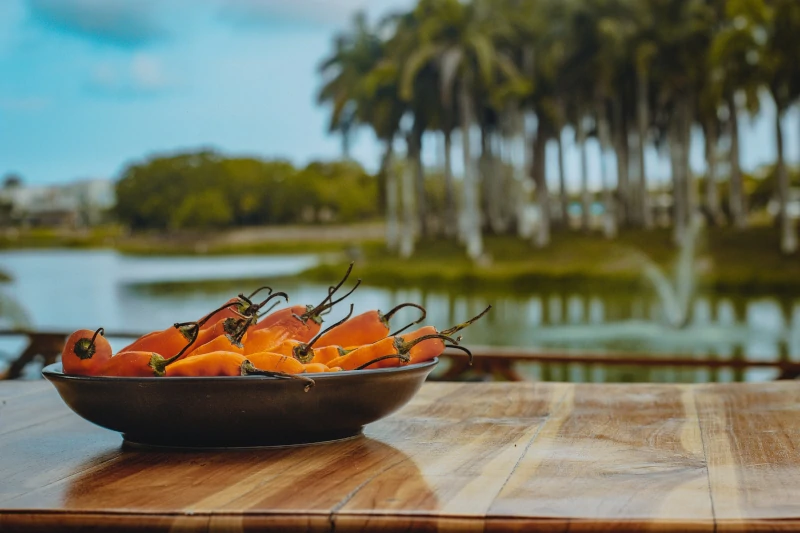
Tips and tricks for enjoying Peruvian cuisine at your preferred spice level
As we’ve discovered, the spiciness of Peruvian cuisine varies depending on the dish, the region, and the chili peppers used. However, what if your taste buds crave the flavors of Peruvian food but can’t handle the heat? Fear not! In this section, we’ll provide tips and tricks to help you enjoy Peruvian food spicy or mild, according to your preference.
- Communicate with the chef. When dining out, don’t hesitate to ask about the spice level of a dish. Chefs and servers are typically happy to adjust the heat to your liking or recommend milder alternatives. This way, you can enjoy Peruvian food spicy or mild, based on your preference.
- Balance the heat with cooling elements. If you find a dish too spicy, try to balance the heat with cooling ingredients like sour cream, avocado, or a traditional drink. For example, you can try a refreshing Pisco sour or chicha morada while eating a spicy dish.
- Experiment with milder chili peppers. If you’re cooking Peruvian cuisine at home, you can control the spiciness by choosing milder chili peppers or reducing the amount used. Swap aji amarillo for rocoto or use less aji limo in your ceviche to create a milder experience.
- Pair with starchy foods. Starchy foods like potatoes, rice, and bread can help to absorb and neutralize the spiciness in a dish. Many Peruvian dishes, such as lomo saltado and cuy al horno, are already served with potatoes, making it easier to enjoy Peruvian food spicy or not.
By following these tips, you can enjoy Peruvian cuisine at your preferred spice level, ensuring a delightful gastronomic experience, whether you like your Peruvian food spicy or with a touch of mild heat.


